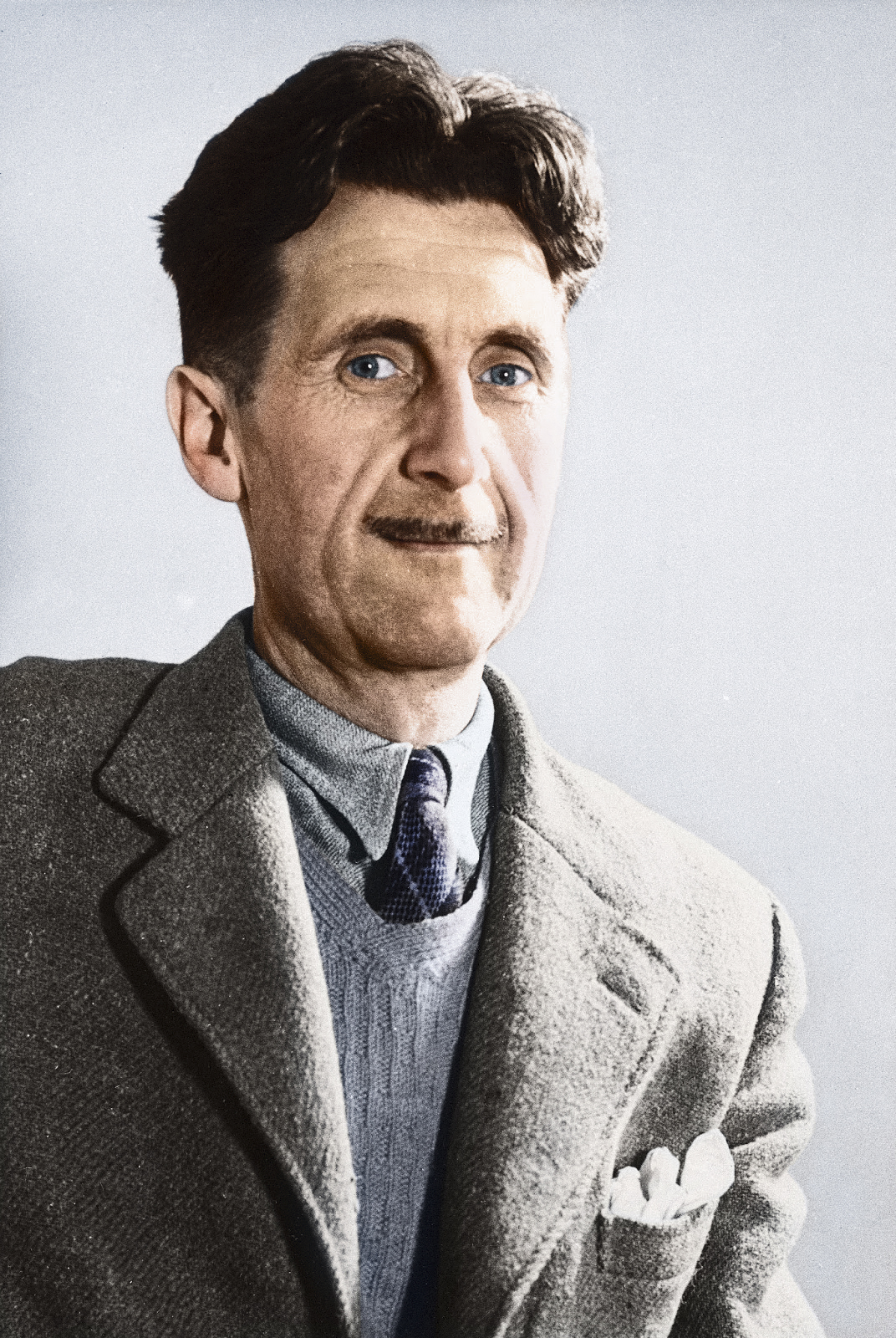Don’t say the old lady screamed. Bring her on and let her scream.
Mark Twain
Official website of the author
Don’t say the old lady screamed. Bring her on and let her scream.
Mark Twain
Mario Puzo thought he was slumming when he wrote The Godfather. He was broke, an aspiring literary novelist with some respectful reviews but not many sales, and he hoped that a thriller about the mob might make a quick buck. … In fact, the writing of The Godfather released something fresh in Puzo’s imagination—a streak that was both potboilerish and also a little baroque—and if the result wasn’t “literary,” exactly, it was great pop fiction. … The director of those movies, Francis Ford Coppola, originally felt about them the way Puzo felt about his book; he considered them commercial hackwork compared with his more “artistic” films like “Rumble Fish” and “One From the Heart.” And as in Puzo’s case, that attitude actually proved liberating, enabling Mr. Coppola to adopt a style that was grander and more operatic—more “epic,” to use the Hollywood term—but also less arty and self-conscious than the one he used for his more personal projects. Mr. Coppola’s “Godfather” enterprise went off the rails in “Part III,” which came out in 1990, when self-importance again seemed to overtake him (along with his star, Al Pacino) and he was no longer in touch with the story’s roots in pop culture and gangster-movie mythology.
I suppose there is a more compelling case to be made for artistic ambition, but it is worth remembering that great, lasting work often comes when artists aim low.
The Atlantic has posted a series of remarkable photos of the Wright brothers’ early experiments in flight. Above:
First flight: 120 feet in 12 seconds, on December 17, 1903. This photograph shows man’s first powered, controlled, sustained flight. Orville Wright at the controls of the machine, lying prone on the lower wing with hips in the cradle which operated the wing-warping mechanism. Wilbur Wright running alongside to balance the machine, has just released his hold on the forward upright of the right wing. The starting rail, the wing-rest, a coil box, and other items needed for flight preparation are visible behind the machine. Orville Wright preset the camera and had John T. Daniels squeeze the rubber bulb, tripping the shutter.
Beginners sometimes ask me how a novel is written, the answer to which is: Any way at all. One knows only when it is finished, and then if one is at all serious, he will never do it the same way again.
Thomas Berger, author of Little Big Man
Mission Flats at the beach in Greece. Thank you, Sia Kouma.
I don’t believe that poems are written to be heard, or as Mill said, to be overheard; nor are poems addressed to their reader. I believe that poems are a score for performance by the reader, and that you become the speaking voice. You don’t read or overhear the voice in the poem, you are the voice in the poem. You stand behind the words and speak them as your own — so that it is a very different form of reading from what you might do in a novel where a character is telling the story, where the speaking voice is usurped by a fictional person to whom you listen as the novel unfolds.
Melville’s original handwritten manuscript of Billy Budd (via). (Click image to view full size.)

Colorized by Edvos. Date and photographer unknown. (Via Colorized History.)